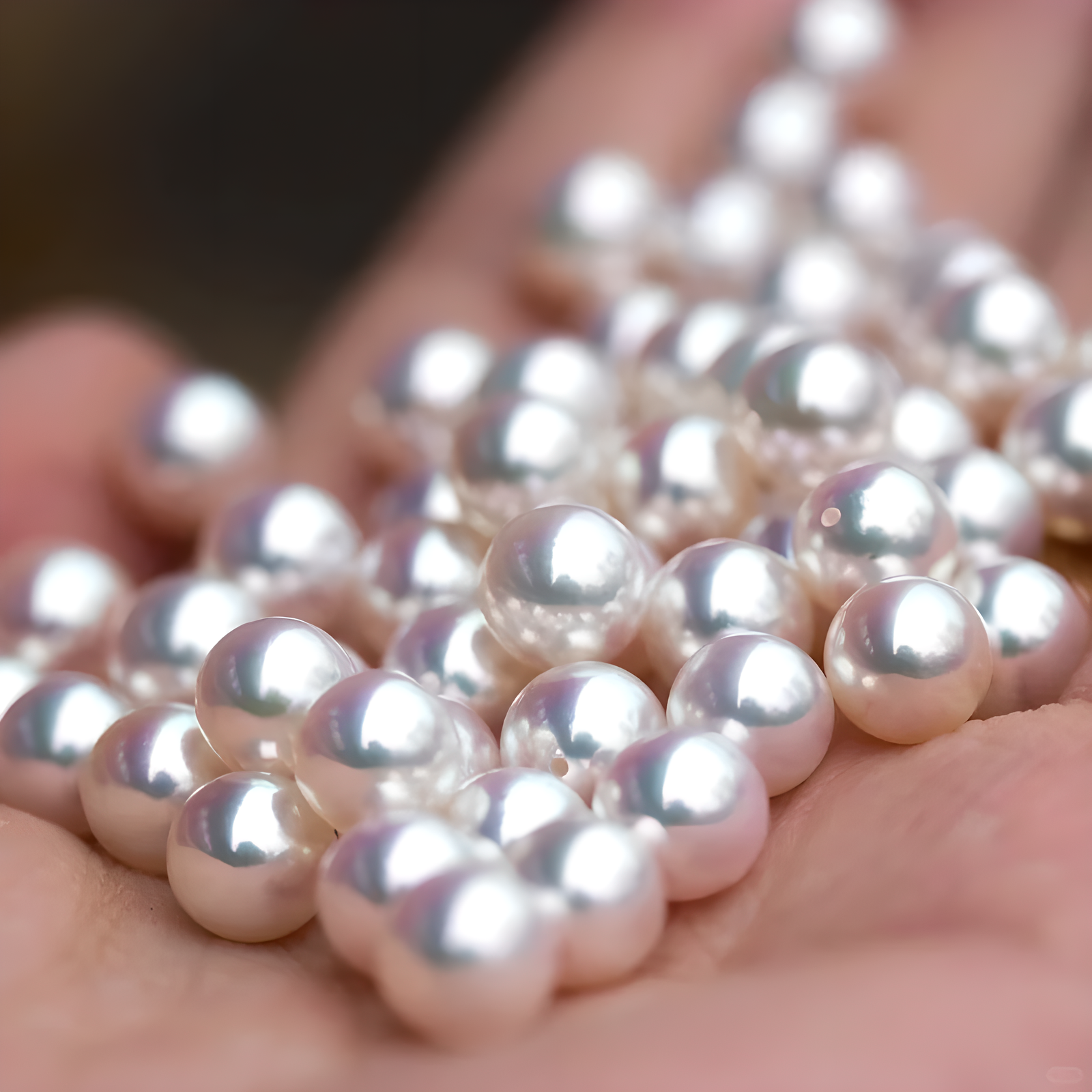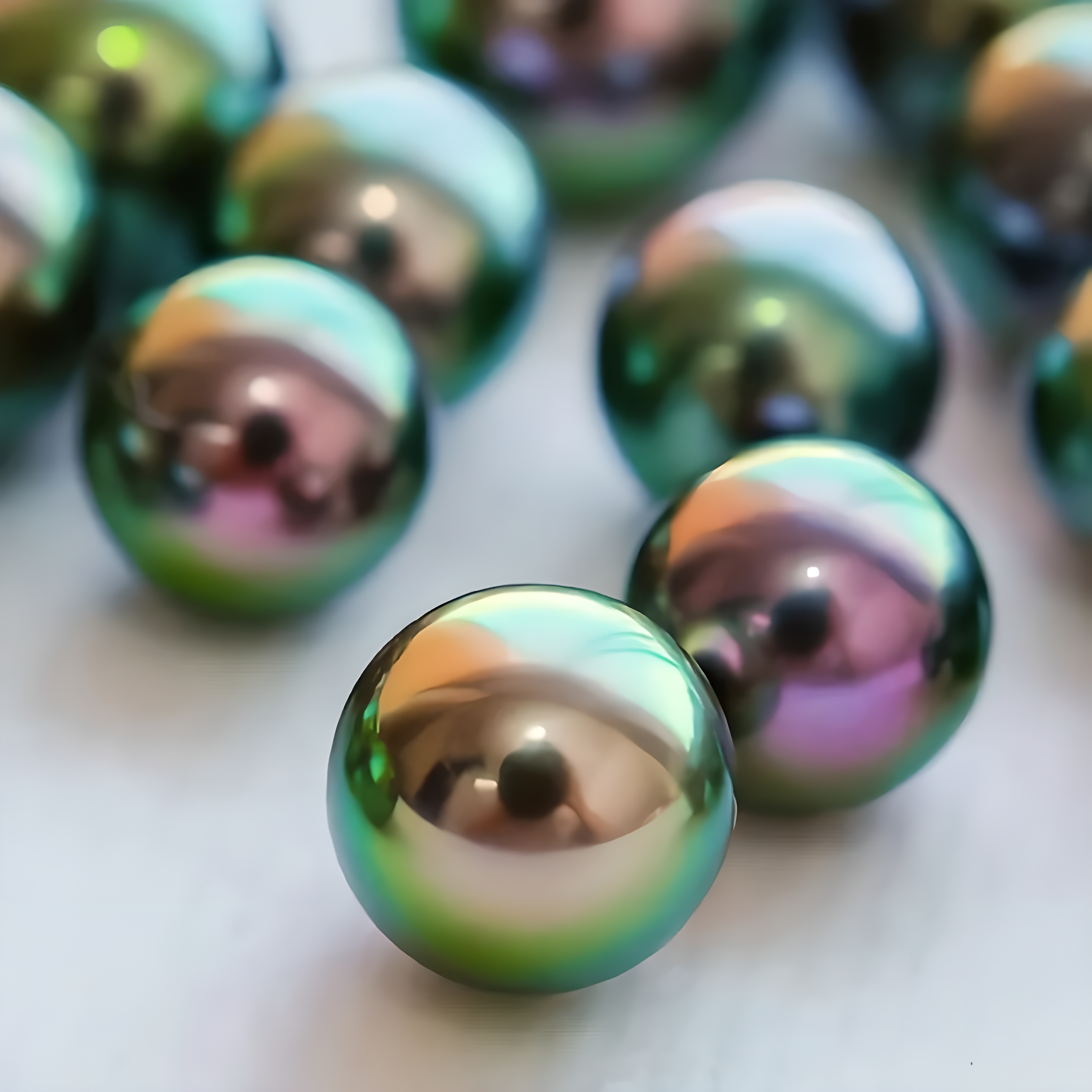
How Nacre Thickness Influences Akoya Pearl Quality
What Makes Akoya Pearls Shine? Discover How Nacre Thickness Affects Their Beauty and Value
What makes Akoya pearls so captivating? Is it their lustrous beauty or perhaps something more subtly sophisticated, like the precise thickness of their nacre? When contemplating the allure of these gems, one must consider factors beyond just aesthetic appeal. How does the thickness of the nacre layer impact the value and durability of these pearls? In this article, we will explore this often-overlooked aspect of pearl evaluation and discover why thickness matters when it comes to pearl excellence.

The Importance of Nacre Thickness
The Science Behind Nacre Layer Thickness
Akoya pearls, known for their brilliant shine, owe much of their allure to the thickness of their nacre, the outer coating of the pearl. According to experts in the field, the standard measure for a nacre layer to be considered adequately thick is 0.25mm. Anything less, and the pearl risks being less durable and less valuable. But how does one determine nacre thickness without advanced tools?
Determining Thickness with the Naked Eye
It’s intriguing that with a trained eye, one can make an educated guess about the nacre’s thickness. A nacre layer thinner than 0.3mm might show distinctive characteristics. For instance, reflection lines or iridescence become less pronounced. At around 0.3mm, the internal core’s outline might appear slightly blurred, a tell-tale sign of thin nacre.
Visual Observations and Pearl Presentation
With an increase in nacre thickness to around 0.4mm, these visual effects diminish. Pearls with nacre measuring 0.5mm or more exhibit a distinctively deep and rich reflection, absorbing less extraneous light. This enhances the pearl’s natural luster and offers a well-rounded, polished glow, creating a perfect blend of beauty and resilience.
Challenges of Thin Nacre in Akoya Pearls
Durability Concerns
Pearls with thin nacre present more than just aesthetic issues. With thinner layers, the pearls are prone to surface damage, cracking, or peeling over time. A hallmark of quality Akoya pearls is durability, which, when compromised, can lead to significant depreciation of these gems’ market value.
Reflection and Interference Effects
The interference colors Akoya pearls are famous for may also suffer. If the nacre is too thin, the internal refractions of light can create a dull and washed-out appearance. This unpleasant visual effect stems from excessive light reflection from the pearl’s core, dampening the pearl’s signature iridescent sheen.
Is There an Upside to Thinner Nacre?
Color Enhancement Possibilities
Interestingly, pearls with slightly thinner nacre might present vibrant colors due to pigment treatments. When treated, thinner nacre allows colorants to penetrate more effectively, resulting in pearls with more vivid hues.
Seeking a Balanced Perspective
Yet, finding a balance is critical. As the renowned pearl expert Ko Matsumoto once suggested, achieving the most appealing presentation of pearls lies in recognizing the perfect equilibrium between the pros and cons of nacre thickness. Striking this balance ensures that pearls exhibit maximum beauty, particularly their radiant and renowned spectrum of tints and overtones.

Conclusion: The Thick and Thin of Akoya Pearls
In essence, nacre thickness in Akoya pearls is not merely a technical specification but a defining characteristic that impacts presentation, provenience, and value. While thinner nacre can offer unique benefits like intensified coloration, the overall durability and interference sheen are often better provided by a thicker nacre layer. For pearl aficionados, appreciating these nuances enhances not only their understanding but also their admiration for the intricate art that is pearl cultivation. Engaging in this long-term exploration can only deepen one’s fascination with these timeless treasures of the sea.



Leave a comment
This site is protected by hCaptcha and the hCaptcha Privacy Policy and Terms of Service apply.